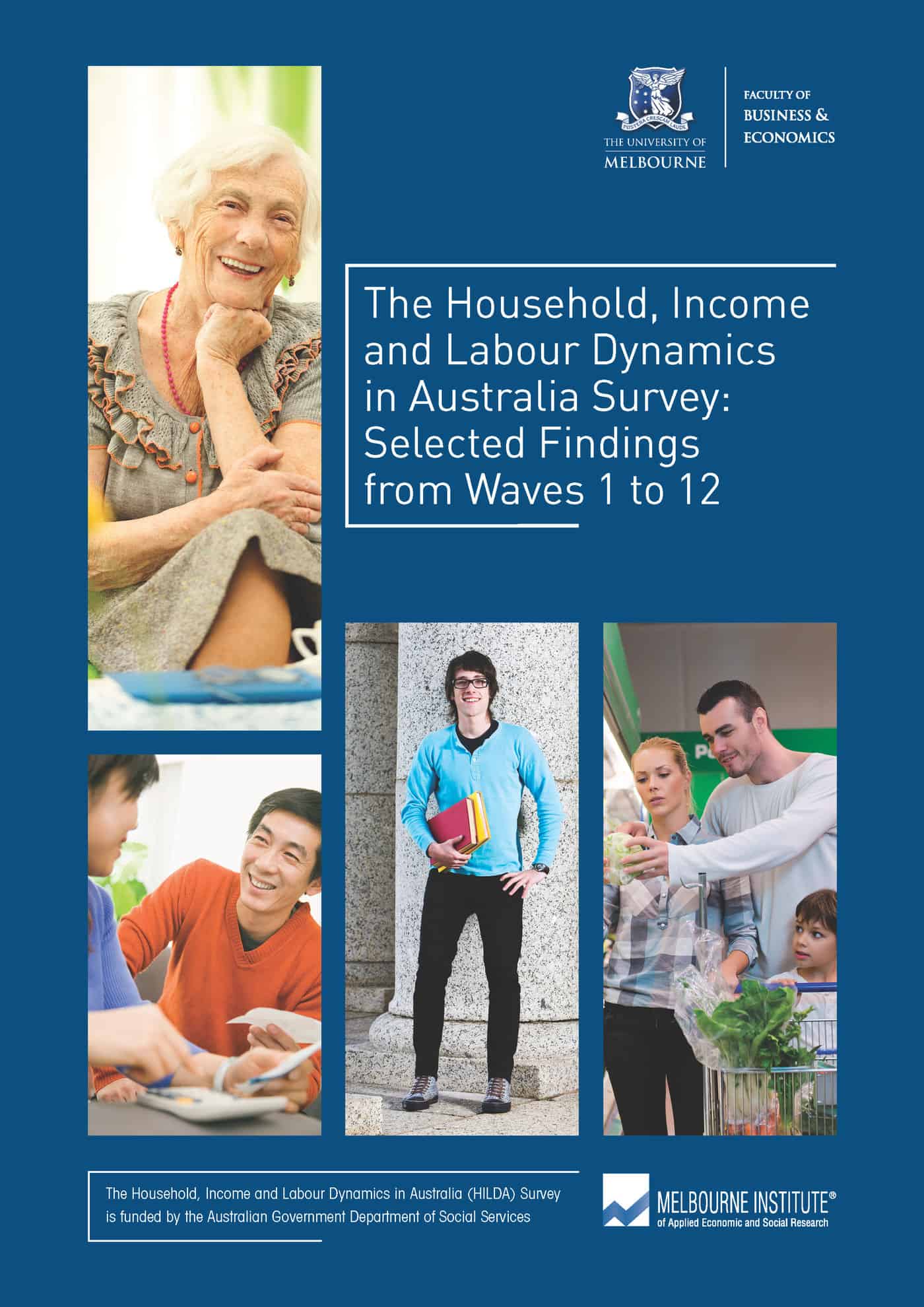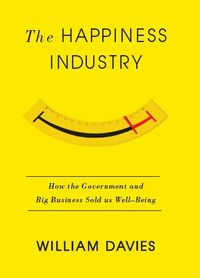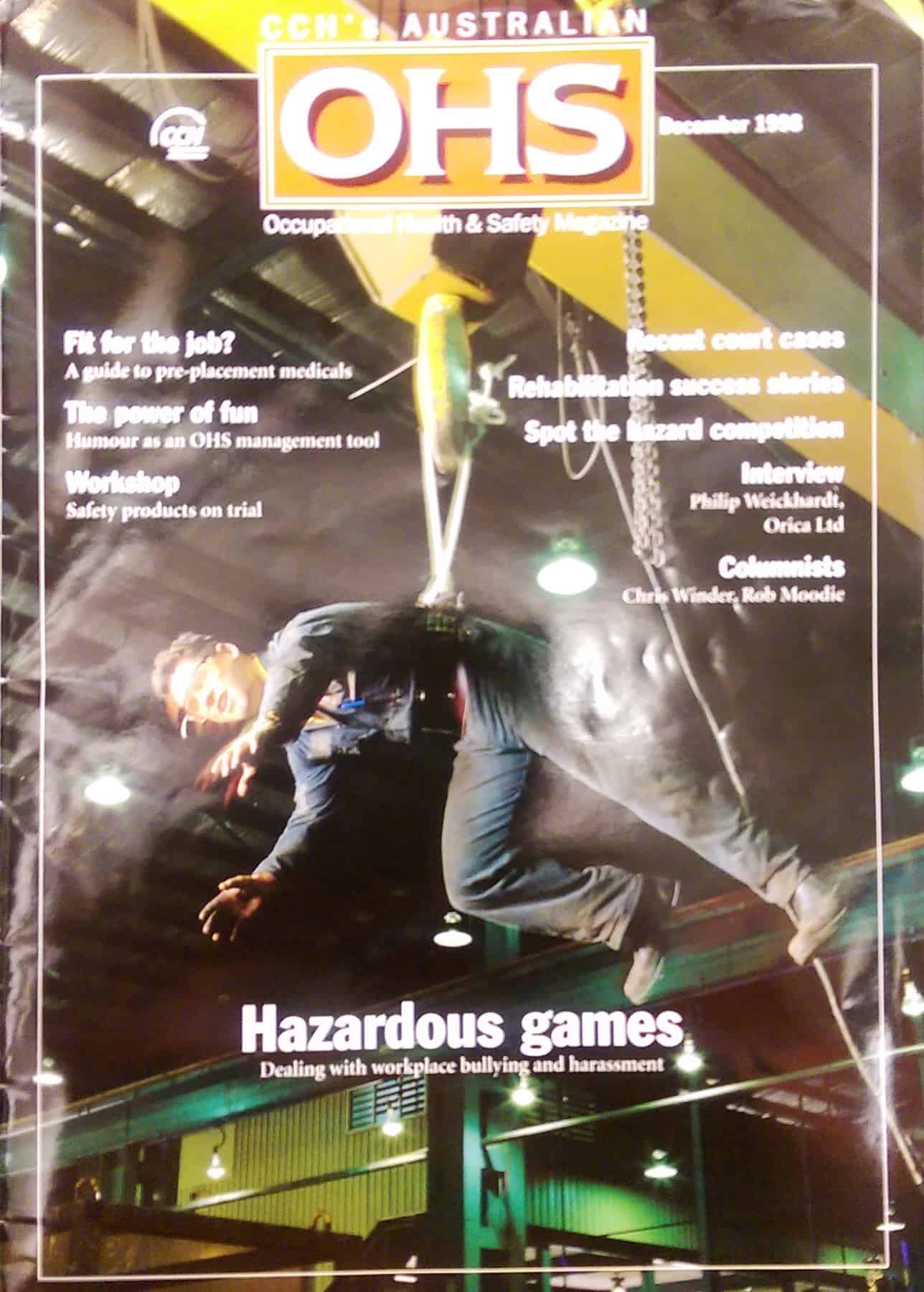At the moment in Australia, a
Tag: occupational health and safety
Ergonomics conference provides good, free knowledge
The 19thTriennial Congress of the International Ergonomics Association (IEA 2015) is currently running in Melbourne Australia with 900 delegates, of which 600 are from outside Australia. It offers a fascinating (online) library of ergonomic and occupational health and safety (OHS) research. Below is a sample of the research on offer picked, largely, at random.
It seems unnecessary to state that ergonomics is an essential part of the knowledge base of safety and production but ergonomics still seems to be a “dark art” to many. This is acknowledged by many in the sector and is summarised well by Ruurd N. Pikaar
Happiness with HILDA
 The Age newspaper’s front cover for 15 July 2015 was dominated by an article about happiness. The article is worth reading as it is built upon statistics from the long-term HILDA survey (Household, Income and Labour Dynamics in Australia) that is used by many Australian researchers but, significantly, HILDA makes no reference to happiness. Various elements in the article relate to the workplace and work activity generally but a couple are of direct relevance to occupational health and safety.
The Age newspaper’s front cover for 15 July 2015 was dominated by an article about happiness. The article is worth reading as it is built upon statistics from the long-term HILDA survey (Household, Income and Labour Dynamics in Australia) that is used by many Australian researchers but, significantly, HILDA makes no reference to happiness. Various elements in the article relate to the workplace and work activity generally but a couple are of direct relevance to occupational health and safety.
“4. Be a workaholic
Work-life balance is overrated, the survey suggests. In fact, the more people work the better their health is. Employees can work more than 51 hours in paid work and 81 hours of total work (that’s more than 11 hours a day) without any detrimental effect on their wellbeing, according to the report.”
The exploitation of happiness
 As the Australian Government analyses the productivity of the workplace it is vital that that analysis reflects the modern workplace and management practice. At the moment Australian workplaces are awash with training programs focusing on resilience and happiness, implying that each individual can change and improve a workplace culture but there has always been an undercurrent of manipulation to these courses and seminars. A new book by William Davies provides a fresh perspective that, rightly, questions the motives behind this modern trend and provides an important historical context. (For those who can’t purchase the book but want to know more, look at this series of articles)
As the Australian Government analyses the productivity of the workplace it is vital that that analysis reflects the modern workplace and management practice. At the moment Australian workplaces are awash with training programs focusing on resilience and happiness, implying that each individual can change and improve a workplace culture but there has always been an undercurrent of manipulation to these courses and seminars. A new book by William Davies provides a fresh perspective that, rightly, questions the motives behind this modern trend and provides an important historical context. (For those who can’t purchase the book but want to know more, look at this series of articles)
Davies’s book, “
OHS media could increase its influence, if it wanted to
The decline of newspapers and other mainstream media is well-established (an excellent recent analysis of this has been undertaken by Ross Gittins), as is the increase in the influence of online or digital media. The information sources for occupational health and safety (OHS) have undergone a similar change, often due to the same technological and economic factors affecting the mainstream. But OHS has ALWAYS been a niche issue in communications and the media and it will continue to be so except that the niche can increase in size and the new media technologies could increase OHS’ influence in managerial and business decision processes, if someone accepts the challenge.
 It is important to look at a major fault in communication strategies related to OHS. The mainstream media never covered workplace safety issues to the extent possible. OHS was almost always covered by the industrial relations reporter, if the newspaper had one. The tripartite nature of industrial relations (IR) negotiations – government, business, unions – provided the main sources for OHS content and OHS was always communicated in or with the IR context. Rarely was OHS seen to merit its own story.
It is important to look at a major fault in communication strategies related to OHS. The mainstream media never covered workplace safety issues to the extent possible. OHS was almost always covered by the industrial relations reporter, if the newspaper had one. The tripartite nature of industrial relations (IR) negotiations – government, business, unions – provided the main sources for OHS content and OHS was always communicated in or with the IR context. Rarely was OHS seen to merit its own story.
Mixed messages on OHS and productivity
There is a clear link between the modern take on occupational health and safety (which includes psychosocial health) and productivity. However, there are seriously mixed messages coming from the Productivity Commission (PC) in its current inquiry into Australia’s Workplace Relations Framework.
In Senate Estimates on 3 June 2014 (draft Hansard), the Chair of the Productivity Commission, Peter Harris, and Assistant Commissioner, Ralph Lattimore, briefly discussed OHS. Harris acknowledged that some of the submissions to the current inquiry discussed OHS matters (page 65) but Lattimore stated:
“….we did say that we would quarantine the inquiry away from workforce health and safety issues unless they were directly related to, say, enterprise bargaining or some feature of the relationship between employers and employees. We were aware of the large amount of regulation in that area, and we were not planning to revisit that.”
ACTU Congress’ draft OHS policies deserve serious analysis
 The Australian Council of Trade Unions (ACTU) commences its 2015 Congress this week. Each year around 800 trade union delegates meet to discuss changes to policies and to develop or refine strategies. This year the ACTU released its draft policies publicly prior to the Congress. These policies have a long and strong historical and industrial relations context. Occupational health and safety (OHS) is an important part of these policies and should spark discussions in the union movement and the OHS profession.
The Australian Council of Trade Unions (ACTU) commences its 2015 Congress this week. Each year around 800 trade union delegates meet to discuss changes to policies and to develop or refine strategies. This year the ACTU released its draft policies publicly prior to the Congress. These policies have a long and strong historical and industrial relations context. Occupational health and safety (OHS) is an important part of these policies and should spark discussions in the union movement and the OHS profession.
Early in the document, the ACTU states its “bargaining agenda” in which is included
“better work, life and family balance.” (page 7)
Curiously, the ACTU has chosen “better” rather than “safe”. Better is a more inclusive term but harder to define. Better for whom? Better could be better paid or more secure or safer.
Trade unionists often see OHS as being monitored and enforced through the mechanism of the Health and Safety Representatives (HSRs) and would argue that OHS is throughout all the draft policies due to the HSR role but there are more workplaces in Australia without HSRs than with and it is worth considering the policies as independent from the HSR structure, if that is possible..
